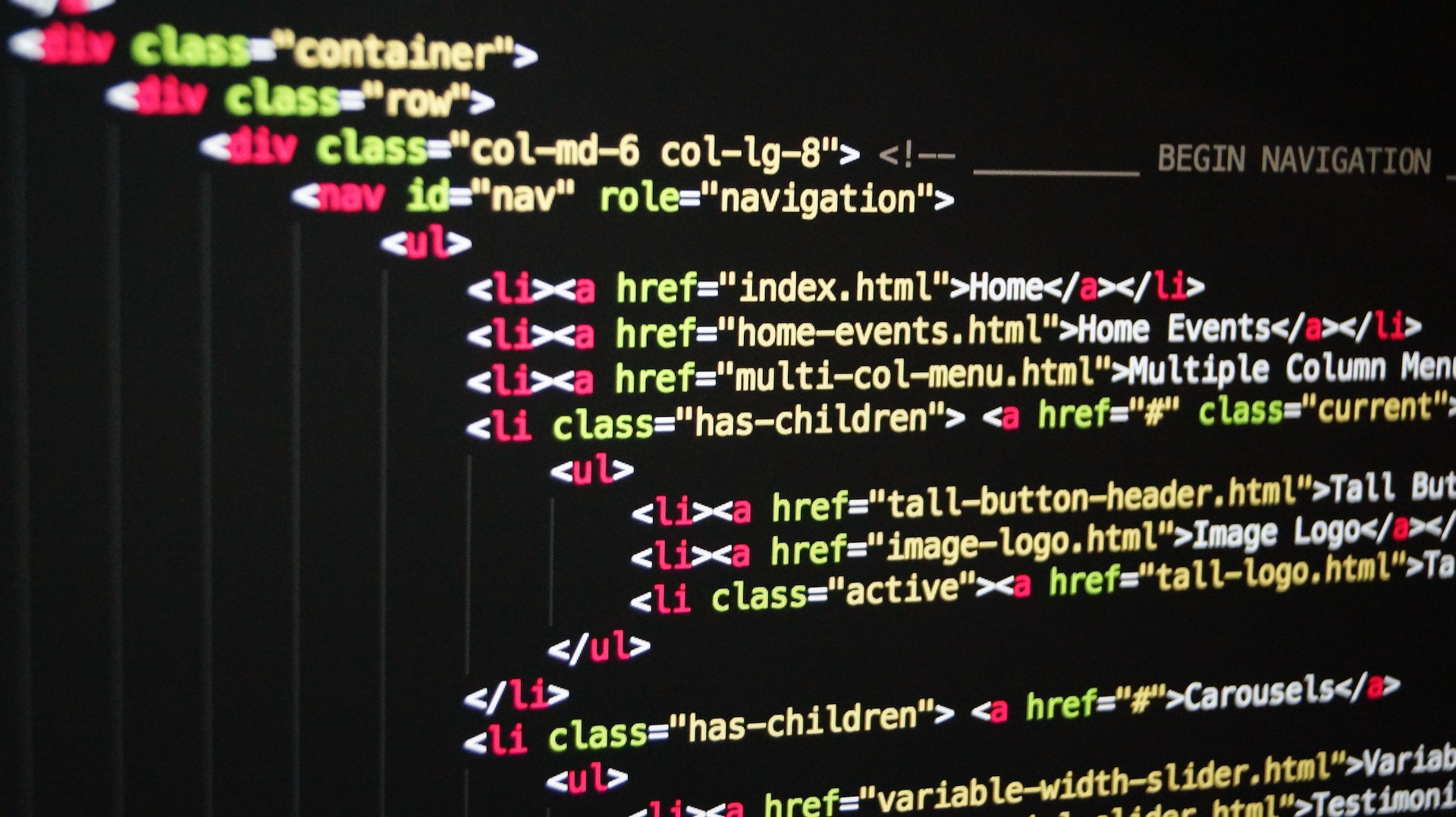What Is a Java Thread and How to Use It
The world of programming is truly something else. With some understanding of logic and specific concepts, it is possible to make quite interesting things happen. For example, Java applications – some of the most widespread pieces of software around that are popular practice targets among software engineering students who want to get into the software industry.
In this article, we’ll take a look at Java threads. This piece of information will be useful for students who want to improve their coding skills and get their hands on knowledge and tools to deal with Java threads and use them in their projects.
What is a Java Thread?
At its core, a Java thread is a path that’s taken when a program is being executed. Think of it as a figurative road. All the programs have a main thread – main() method is invoked by the main thread when it’s provided.
Threads are the monumental and smallest units of execution for Java applications. Apps can have multiple threads running concurrently and their priority varies; yet, they are of critical importance because they enable multiple operations within an app.
How to use Java Threads.
Let’s take a look at the ways you can start using java threads.
How to create a Java Thread?
It is possible to create a Java thread in several different ways:
- Extend a Thread class;
- Implement a Runnable interface.
Extend a Thread class
The first method is to create a custom class that extends the Thread class and overrides the run() method in order to define the code that will be executed after the thread starts. Here’s an example of the first method:
class MyThread extends Thread {
public void run() {
// Code to be executed by the thread
}
}
// Create and start a thread
MyThread myThread = new MyThread();
myThread.start();Implement a Runnable interface
Our second method is based around the idea of creating a class that implements Runnable interface and defines the code to be executed via the run() method. After doing so, it is possible to create a Thread object and pass the instance of the Runnable class to it. Here’s an example:
class MyRunnable implements Runnable {
public void run() {
// Code to be executed by the thread
}
}
// Create a Runnable
MyRunnable myRunnable = new MyRunnable();
// Create and start a thread
Thread thread = new Thread(myRunnable);
thread.start();Lifecycle of a Java Thread
Java Thread has a lifecycle – several state transformations that begin with its birth and end with death! As a result, it is possible to identify its states as:
- NEW;
- RUNNABLE;
- BLOCKED;
- WAITING;
- TIMED_WAITING;
- TERMINATED.
People use methods such as Thread.sleep(), Thread.yield(), and Thread.join() to effectively manage execution and synchronization of the threads.
How to synchronize and terminate threads
When a user is multithreading, they are essentially running several threads at the same time to maximize CPU use. However, this can lead to deadlocks due to synchronization issues. Thankfully, you can manage synchronization through the use of synchronized blocks and java.util.concurrent package.
It is possible to terminate a thread by reaching the end of the run(). Another way to terminate a thread is by calling Thread.interrupt() to stop it adequately.
How to set priorities and create thread pools
You can also assign priorities from 1 to 10 to the threads, with:
- 1 is the lowest priority;
- 5 is the standard priority;
- 10 is the highest priority.
Each thread, even the main one, is adjustable. Thread priorities in Java can be adjusted to influence the order in which threads are scheduled for execution by the JVM’s thread scheduler. The thread scheduler determines which thread gets CPU time based on their priorities.
Finally, let’s talk about thread pools. ExecutorService and ThreadPoolExecutor provide us with instruments to effectively manage a number of threads and execute tasks more efficiently. Thread pools improve:
- Resource management – a pool maintains several threads that can be reused;
- Task load control – thread pools offer control over the number of concurrent tasks that are executed;
- Load balancing – thread pools assist with even distribution of tasks among threads.
Final thoughts
With fundamental understanding of what Java threads are, you’ll be able to create more responsive and efficient Java apps! With this knowledge, you can begin your journey to mastering the full potential of threads and use them in your future projects.
If you are struggling with coding assignments or want to improve your general knowledge, contact DuoKnows experts for academic assistance!



